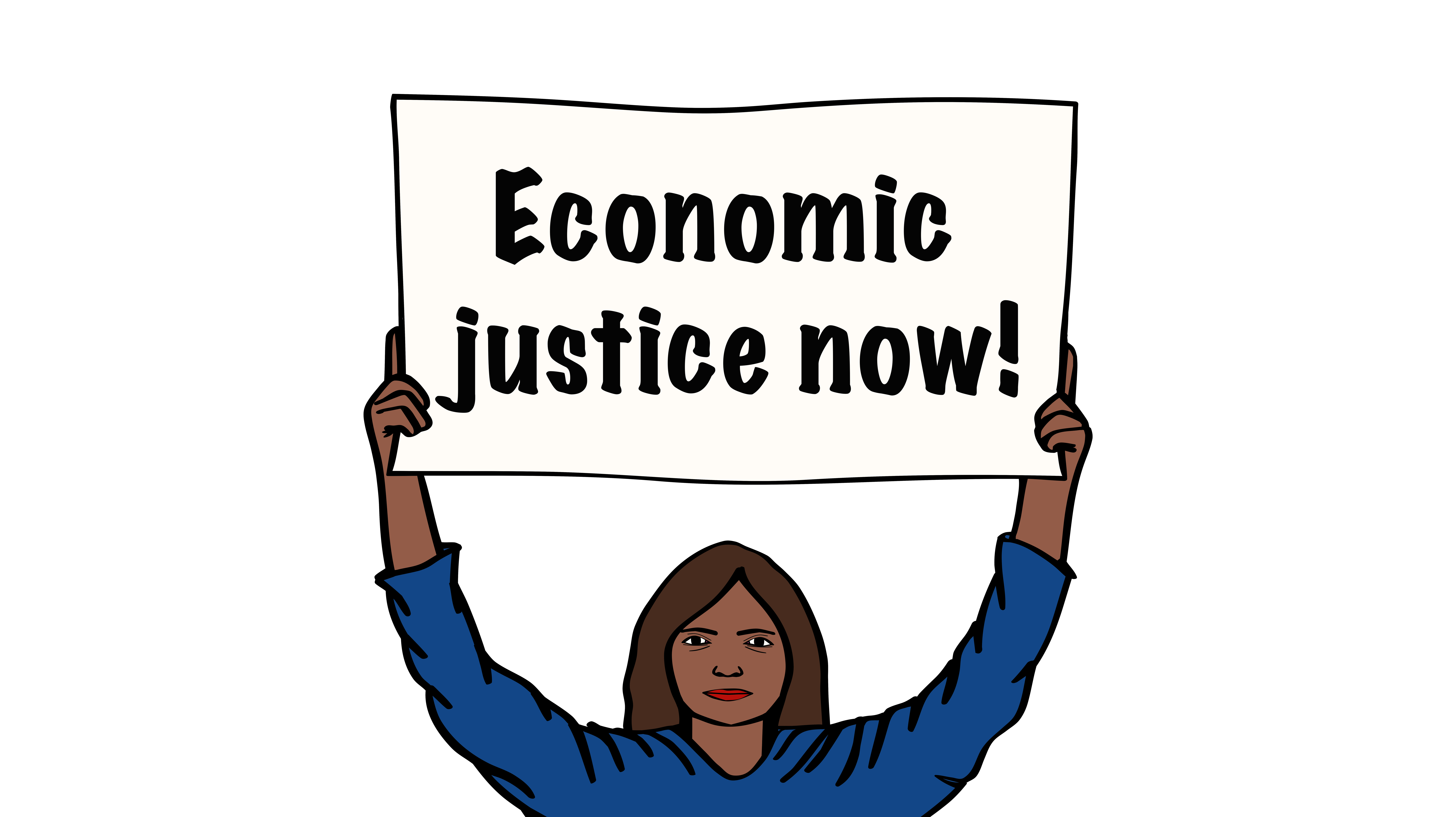Nepal is registered by the UN as one of the world’s least developed countries, and Nepal’s economy is heavily reliant on factors such as remittances and donor funding. While the country has made substantial progress with reducing poverty, wealth inequality is a growing problem, and according to a newly released Living Standards Survey for Nepal, approximately 20 per cent of the population is still living in poverty.
For more information see the summary report.

